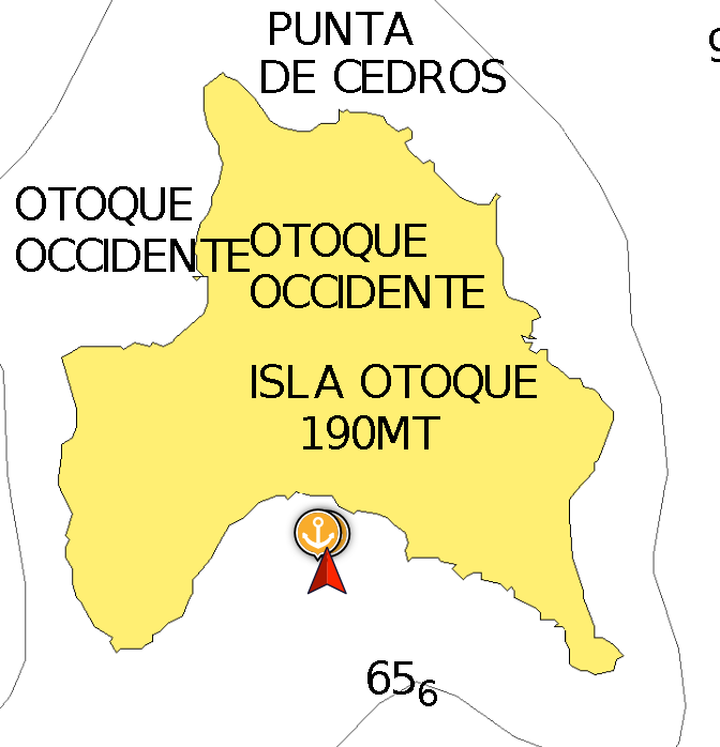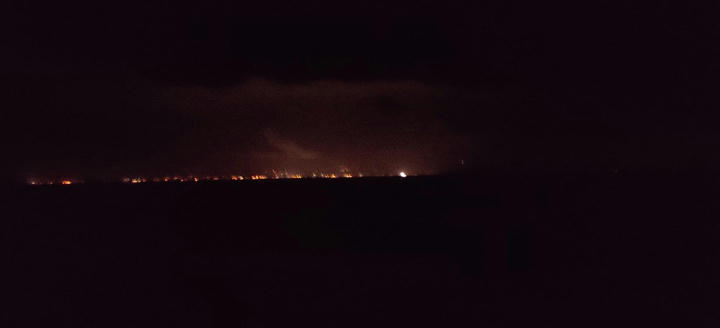That sentence came out of Yalçın's mouth on December 21st 2021 morning, and I couldn't agree more. Currents sucks. It just kills your speed in whatever way you look at it, especially if you are beating your way up and it's coming from the same direction as the wind. With the wind, you can negotiate. Sort of. You can fine tune your trim, pinch a bit. Not with the current. It's just there, increasing your tacking angle dangerously close to 180 (the angle where you can't make upwind progress towards your destination and you just tack back and forth). The current around Punta Mala was probably part of what gave the point its name. It's strong and combined with the tides that range around 15 feet in the Golfo de Panama, it can be a killer.
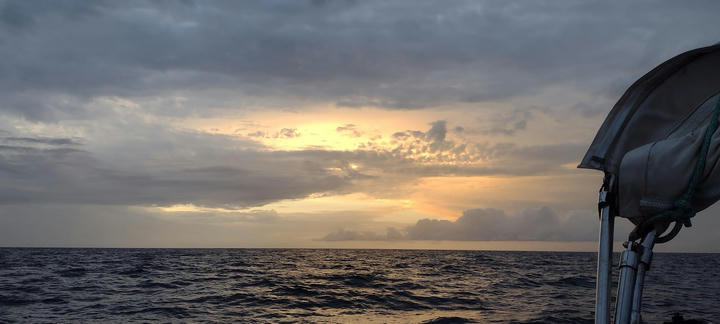
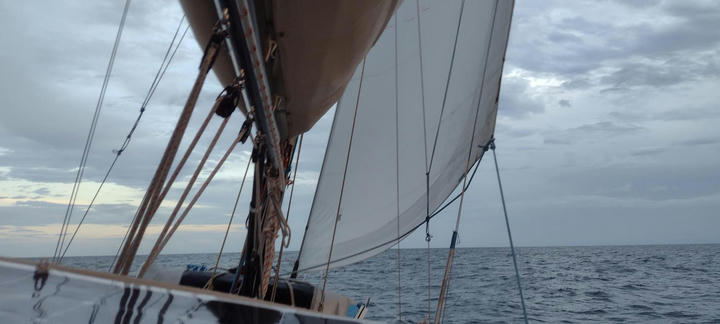
At that point, I had been making 4 miles of progress towards Isla Bona, our destination on a close-hauled course, during my entire three-hour shift. I could feel the boat in a groove, sailing at a honorable speed, but progress was nowhere to be seen. The current! A strong current was ebbing back dragging us out in the process. On top of it, the wind was rapidly increasing from the pleasant 15 knots to 20-25. I had just taken a reef in and was about to reef the jib when Yalçın woke up for its shift. We discussed briefly. I was worried the wind would keep increasing to unmanageable speeds as it's known to do around here, quite an unpleasant situation to find yourself in when in the middle of a 50 mile crossing to your destination. The wind increase had been made particularly dramatic by the action of two little birds that had decided to set sail with us. They had been having more and more difficulty to fly and land back on the boat - why wouldn't you stay put on the boat, little birds, and wait safely until we reach land? - and even there, their hold was hard to maintain as they were almost blown away. One had already disappeared for a while and the second was barely holding up.
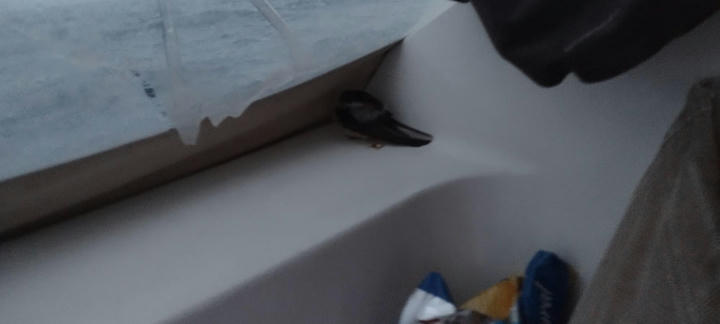
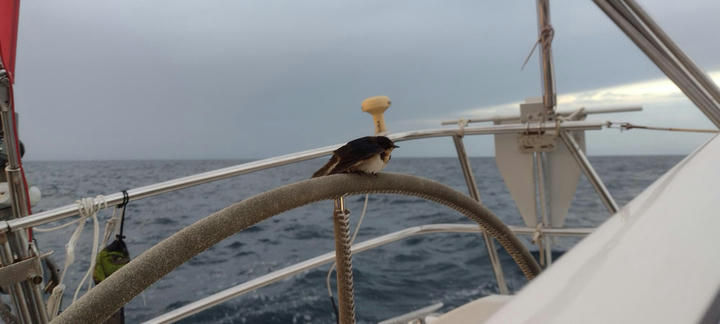
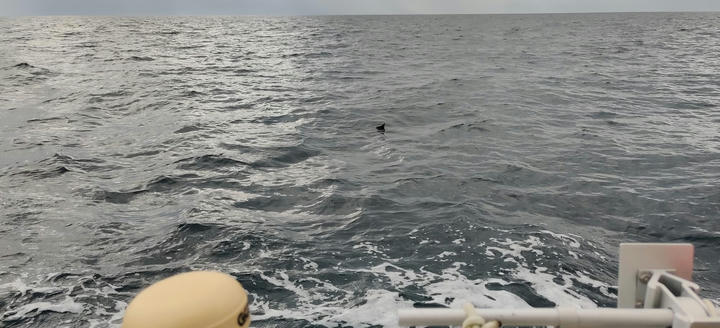
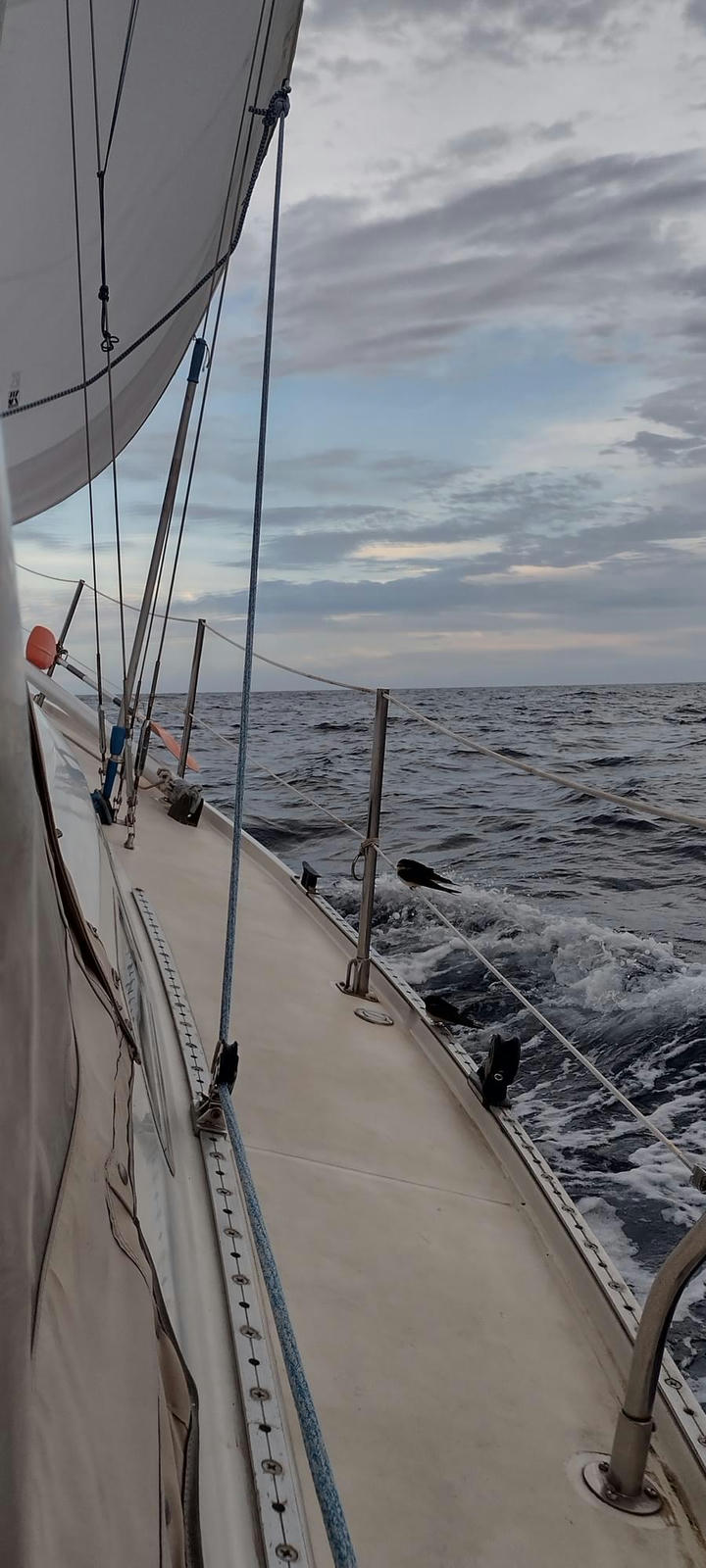
When Yalçın saw the little progress we had made during his sleep, the consensus was easy to reach: Let's try another approach, this isn't working. We tacked back towards land, where we would perhaps find less current. In normal circumstances, understand without current, we would still have made progress towards the North. Here, we simply trace back our steps over the 3 miles I so hardly gained. Part of the strategy was also to get some internet to download the weather forecast as we got closer to land. Luckily we did and it looked like the worst of the wind was now, and the current was to reverse soon again. We decided to go for the 50 miles to Isla Bona, we would go strong with the help of the engine in order to be able to point to our destination and hope to reach it by the evening. In the end, we didn't get much choice as the wind just died out almost entirely forcing us to motor at the decent speed of 3.5 knots. In the peak of the wind, we lost the second little bird which had been harassed by sea gulls when it was trying to land back on the boat despite my desperate attempts to scare them off - I would later get confirmation of what I feared: Sea gulls do predate exhausted birds to eat them. The rest of the day went calmly.
Yalçın set out the fishing line and got his biggest fish so far, a one-meter long mahi-mahi, I'm not joking! The sound of the lower rpm on the engine woke me up as I was napping below and the sight of the yellow bucket through the tiny portlight of the quarter-berth to the cockpit gave it in: Yalçın had gotten fish. After seeing the beast, I was impressed he was able to pull it up on deck. Sadly, we lost it during the trailing phase to clean the insides as the way to tie it is different from the tunas Yalçın had caught before. It was a bit of a trauma for the both of us, to have wasted the life of such of fish. Yalçın took the line in as daylight was fading, and the wind started to pick up a little, then quite a lot. We were quite close to our destination and it was on the nose, so we kept pushing through with the engine, still hand steering. In the night, the halo of light from Panama city started to appear, as well as a strong light beam from the city. Navigation lights from container ships, converging from all over the world to the nearby shipping lane entrance to the famous canal, showed better in the dark. We also passed quite close to a large fisherman rig all light up. More planes in the sky, more lights, more traffic, it really feel like we were arriving somewhere and yet, our destination was a pristine cove in an island with a clear sky. As the North wind kept building up and up and since we were arriving at night, we decided to go to the North island of Otoque (which, by the way, is shaped like Australia) instead of the small Isla Bona which was a very small cove fitting only one or two boats, definitely more challenging at night. The maneuver to drop the main sail and to approach our anchorage went smoothly despite the darkness of the a cloud that shielded the full moon at the most appropriate time and we were happily sheltered from the building chops while the wind was still howling over the tall hill of the island. After, again a longer than expected sail, we were thrilled to have arrived quite close to our long standing goal, the Panama canal, and enjoy the flat anchorage and the clear sky that latter opened up. We slept well that night.
